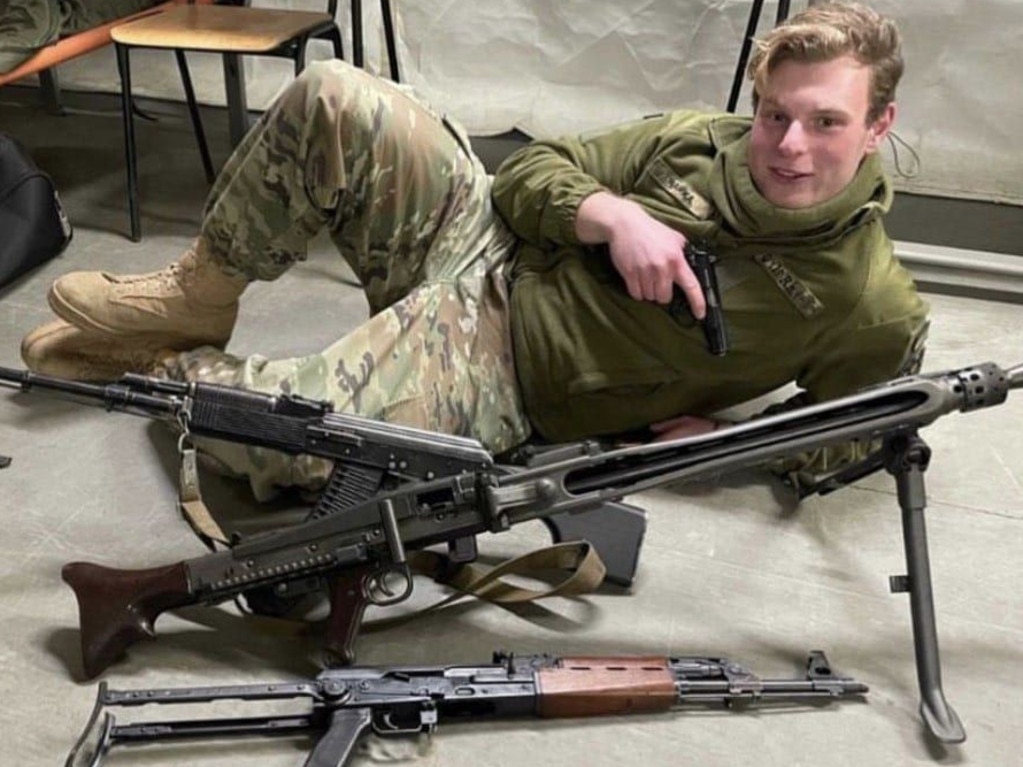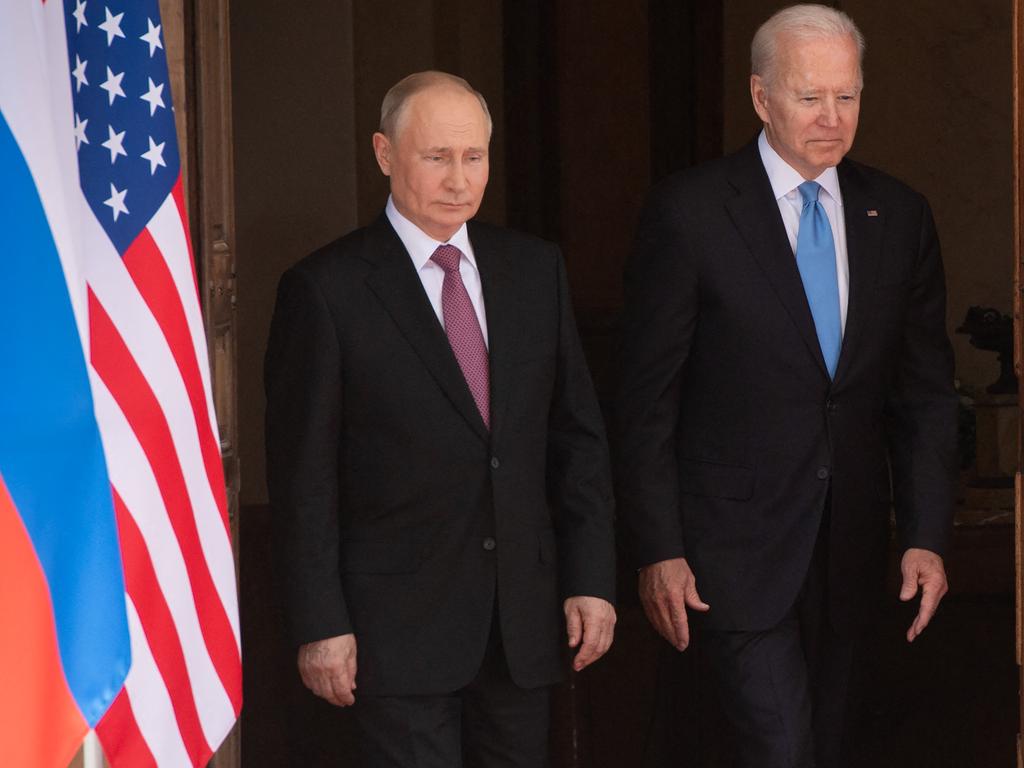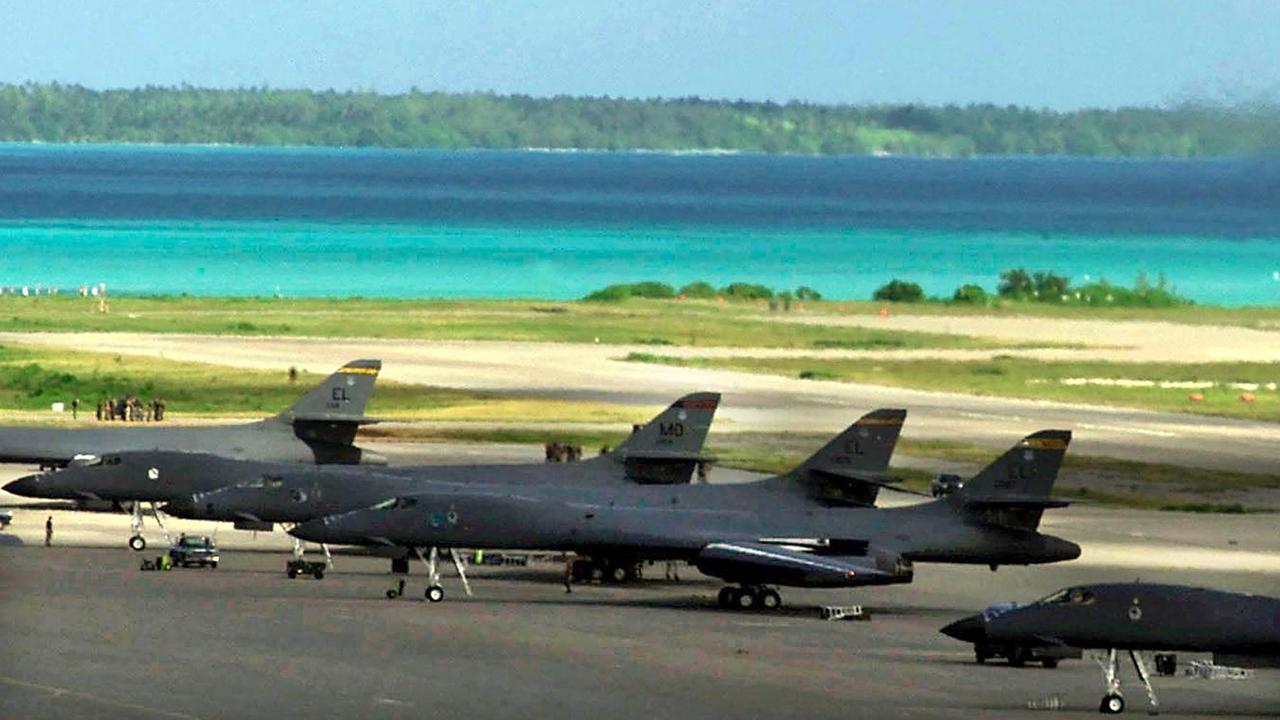‘Any day without dead Russians isn’t complete’: Ukrainian defenders
The Ukrainian troops fighting for control of a key hilltop in the Donetsk region revel in every setback suffered by the enemy.
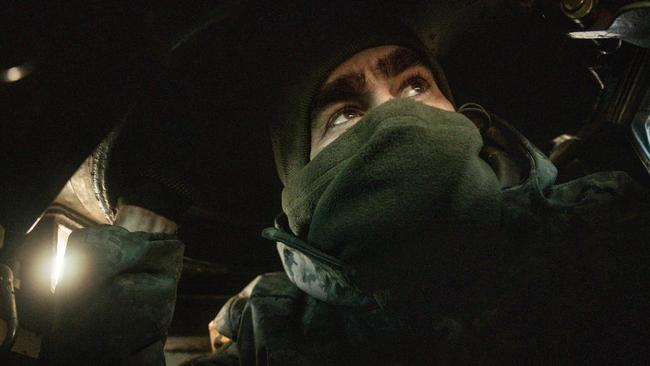
Two days ago was a good day, boasts Nazarii Kishak as his pick-up truck slides through muddy ravines towards military lines on the outskirts of Vuhledar, a bitterly contested hilltop town in eastern Ukraine. His men, part of the 48th Separate Rifle battalion, within the 72nd Motorised Brigade, managed to kill 11 Russians.
“A day without dead Russians isn’t a complete day,” says the 30-year-old commander.
“We killed about 400 Russian troops over four days last month and destroyed half of their vehicles.
“We were in immediate contact with the enemy using anti-tank guided missiles, machineguns, grenade launchers and drone strikes.”
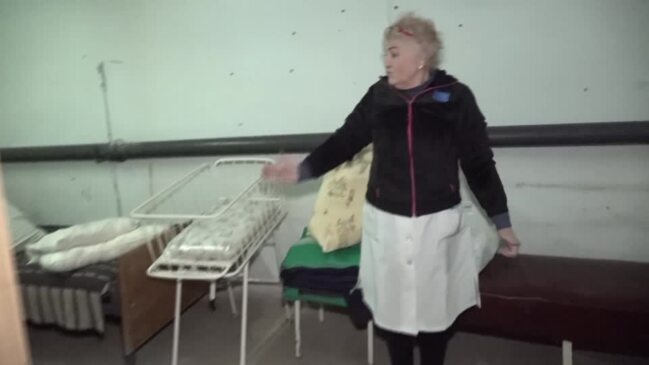
The fight for Vuhledar is key to Russian President Vladimir Putin’s forces because seizing the town would give them a gateway between Russian-occupied territories in the south and the east.
It is a battle they appear determined to win at all costs, despite the mounting death toll.
Russia tried to force the Ukrainian army from Pavlivka, 4km southwest of Vuhledar, last month but suffered heavy losses.
An unsigned open letter published online from members of Russia’s 155th Separate Guards Marine Brigade, addressed to Oleg Kozhemyako, governor of Primorsky Krai, a region in Russia’s far east, condemned the offensive as incomprehensible.
“As a result of the ‘carefully planned’ offensive by the ‘great generals’, we lost about 300 people killed, wounded and missing, as well as half the equipment in four days,” it read.
Kozhemyako denied that the toll had been as high as stated in the letter.
The defence ministry insisted the losses did not “exceed 1 per cent of the combat personnel” deployed to Ukraine.
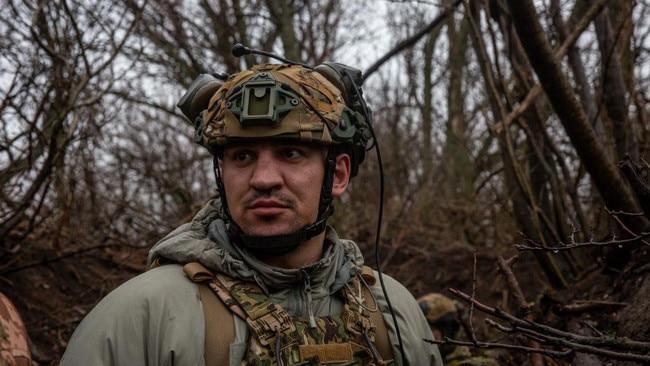
Kishak has been fighting since the beginning of the war in the east in 2014. He admits last month’s battle was an intense few days.
“It was a haze of adrenaline-fuelled fighting. I was praying to god every five minutes that my unit and I would make it out alive,” he says.
“I’d made the decision to hold our line for another day so that we could lay mines. You can’t simply retreat, you have to leave gifts for your enemy,” he says with a laugh.
“After we’d moved back, we watched one blast after another.”
Just two members of his battalion were wounded during the fight, Kishak says proudly. He has lost only one of his troops since the start of the invasion.
Oleg Zhdanov, a military analyst in Kyiv, said: “Vuhledar is the shortest distance to Volnovakha which has a railway station and an arterial road running through it. If the Russians were able to kick us out we’d lose fire control over Volnovakha and the road linking the east to Zaporizhzhya.
“At the moment we’re keeping them under control. If we lost control, it would allow the Russians to transport unlimited supplies. At the moment we’re launching periodic attacks on Volnovakha, which means the Russians have to use shorter trains and are limited in the amount they can move.”
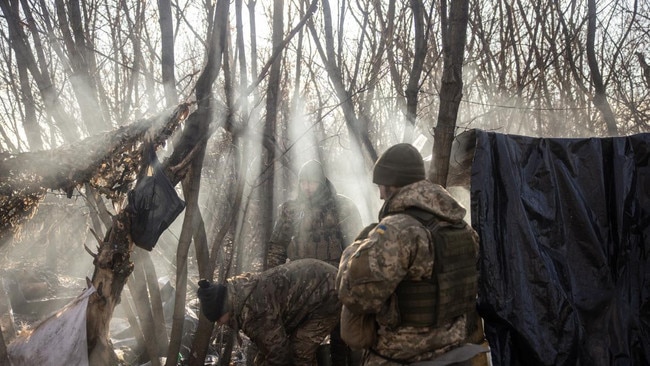
Vuhledar is often described as a fortress. On a clear day, the chimneys of the infamous Azovstal steel plant that became the centre of the battle for Mariupol can be seen.
“It’s in a very beneficial position. Vuhledar is the nearest position to Mariupol,” Zhdanov said. “Losing it would likely mean the capture of the Donetsk region and the possible encirclement of our troops in Maryinka and Siversk.”
For now, Zhdanov is optimistic that Vuhledar will remain in Ukrainian hands.
On the ground, however, there is caution.
A commander going by the call sign of Bass said from his trench 800m out from a front line to the east of Vuhledar: “I’m a bit worried about the Russians advancing here. We’re getting ready, we’re deepening the trenches and preparing firing positions.”
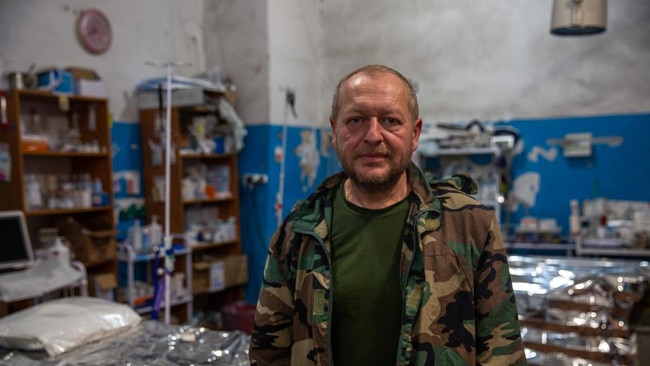
Kishak talks openly about his concerns.
“The ratio of mortars is 1:7 to the Russians. I’m not confident that we’ll be able to hold them back because we don’t have enough artillery. The muddy conditions are really hindering us,” he says.
The mud has made entry and exit to Vuhledar incredibly difficult.
“It’s my opinion that we shouldn’t be launching a counteroffensive yet because of the mud. Every counteroffensive means suffering losses no matter what the authorities say, so you need to weigh up whether it’s worth it just to proceed one or two kilometres.”
Viktor, 49, a surgeon at a makeshift military medical centre in a former bakery, said they had treated as many as 60 Ukrainian casualties a day in September.
“We mainly have patients coming in with injuries from shelling and bullet wounds,” he said, holding up a gruesome photograph on his phone of a young man with a mangled lower face missing most of his bottom jaw.
“He will have plastic surgery. His face will be repaired. The tough moments are when you’re not able to help people, when bodies are coming in. To see dead young people is the hardest part.”
The Times

